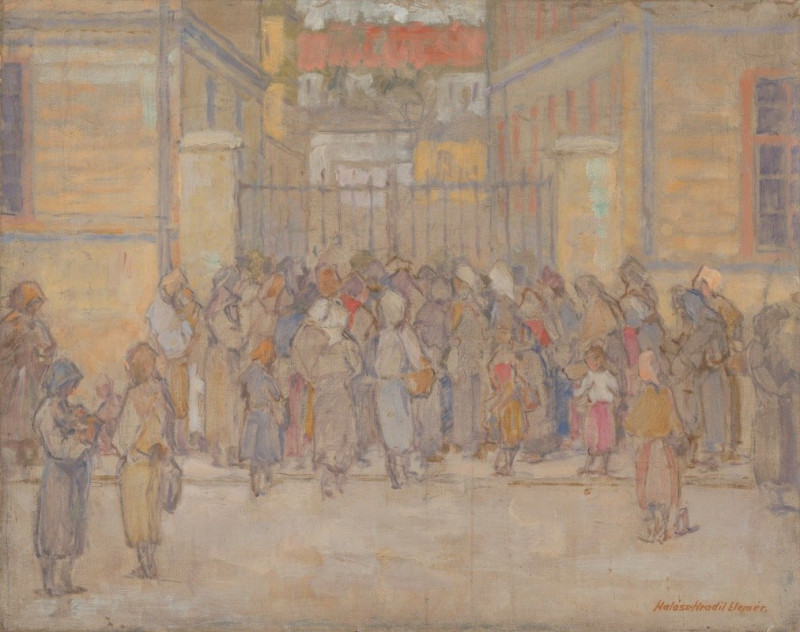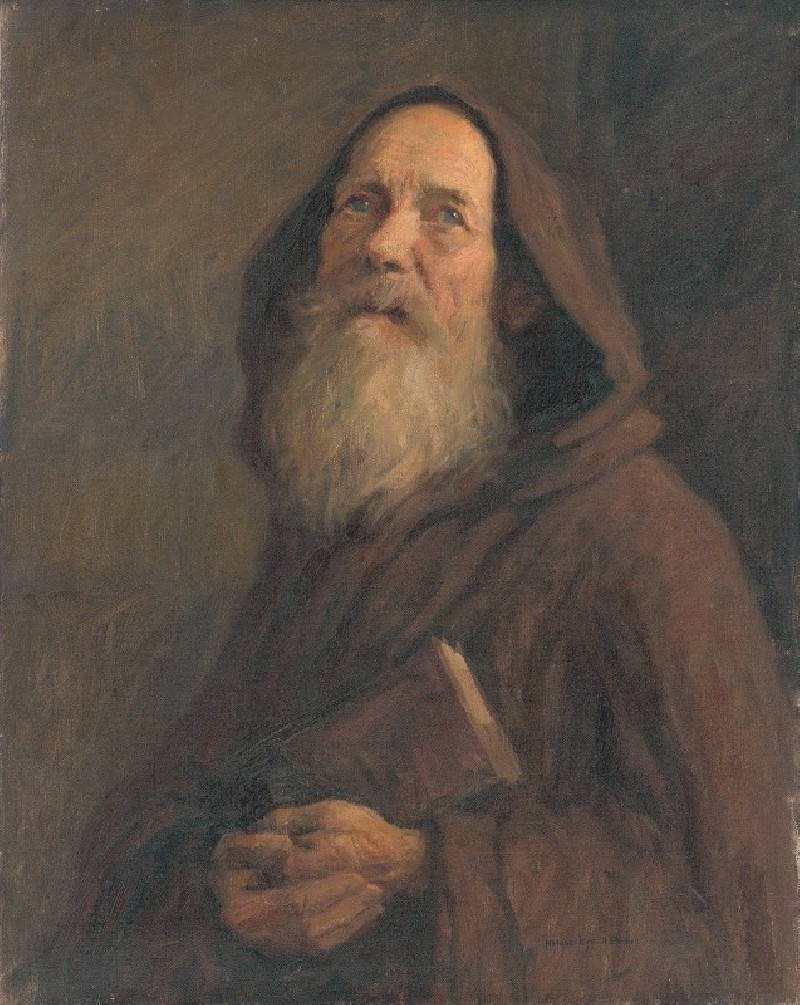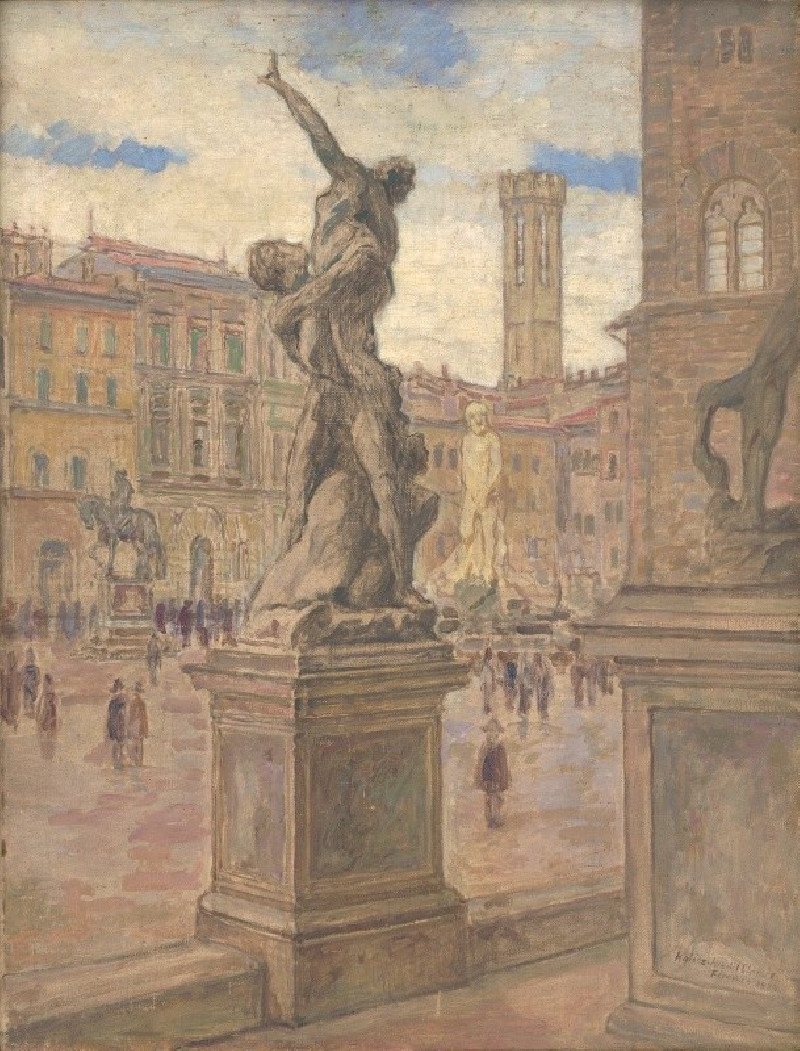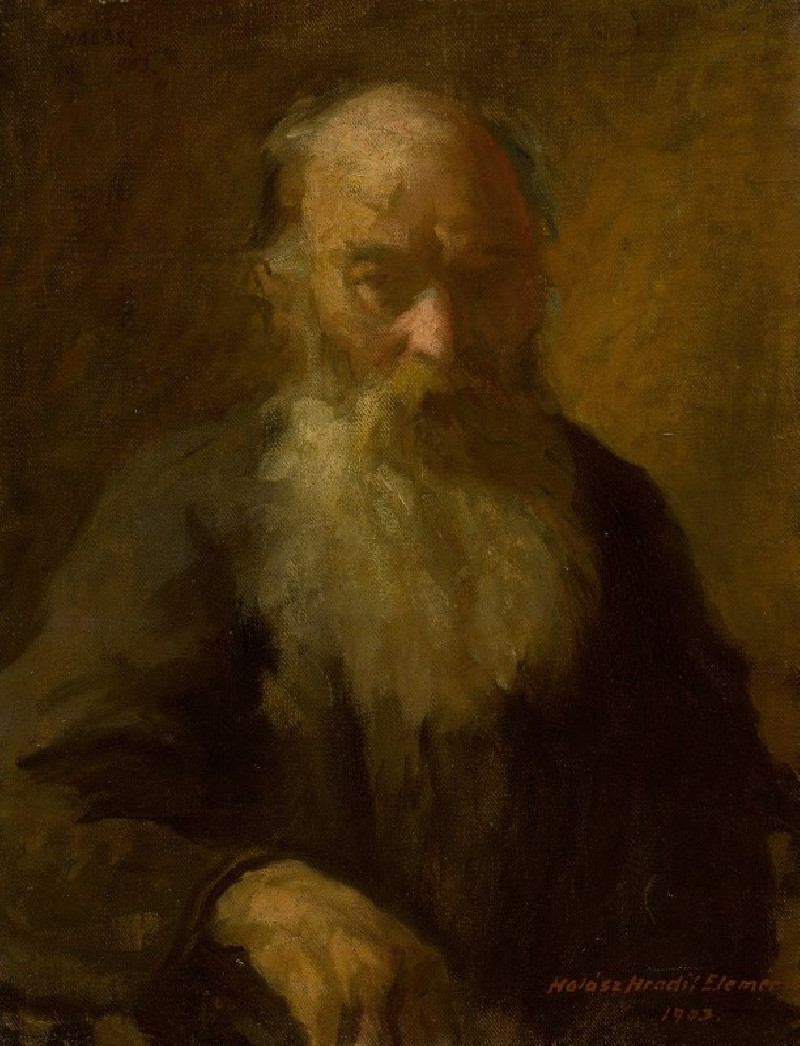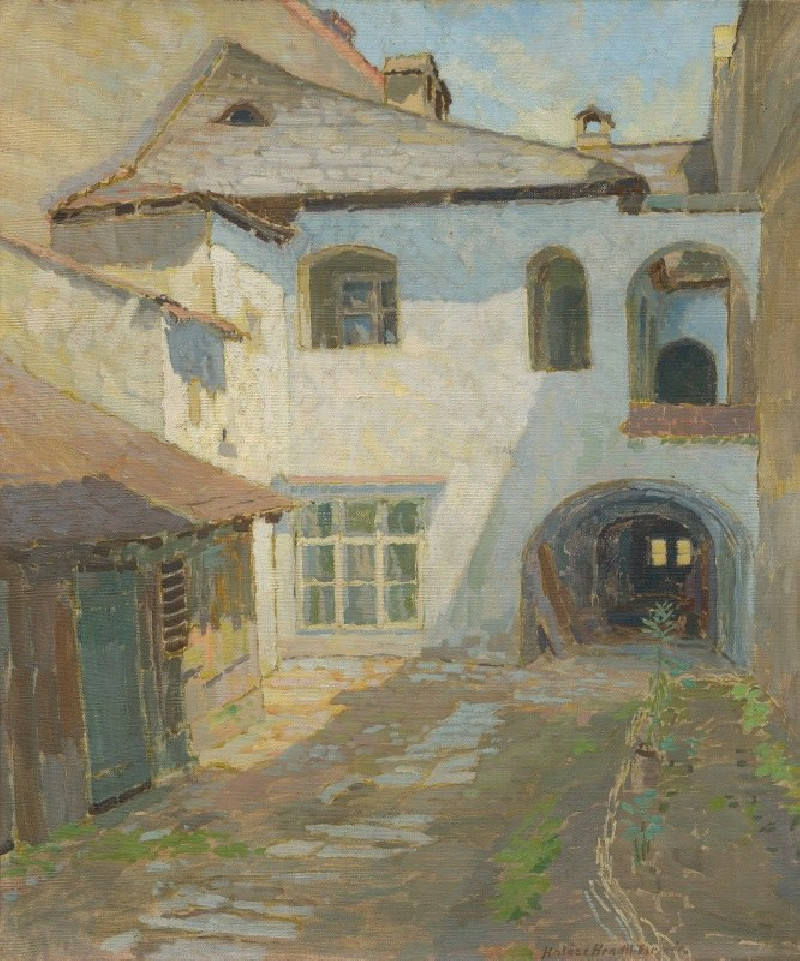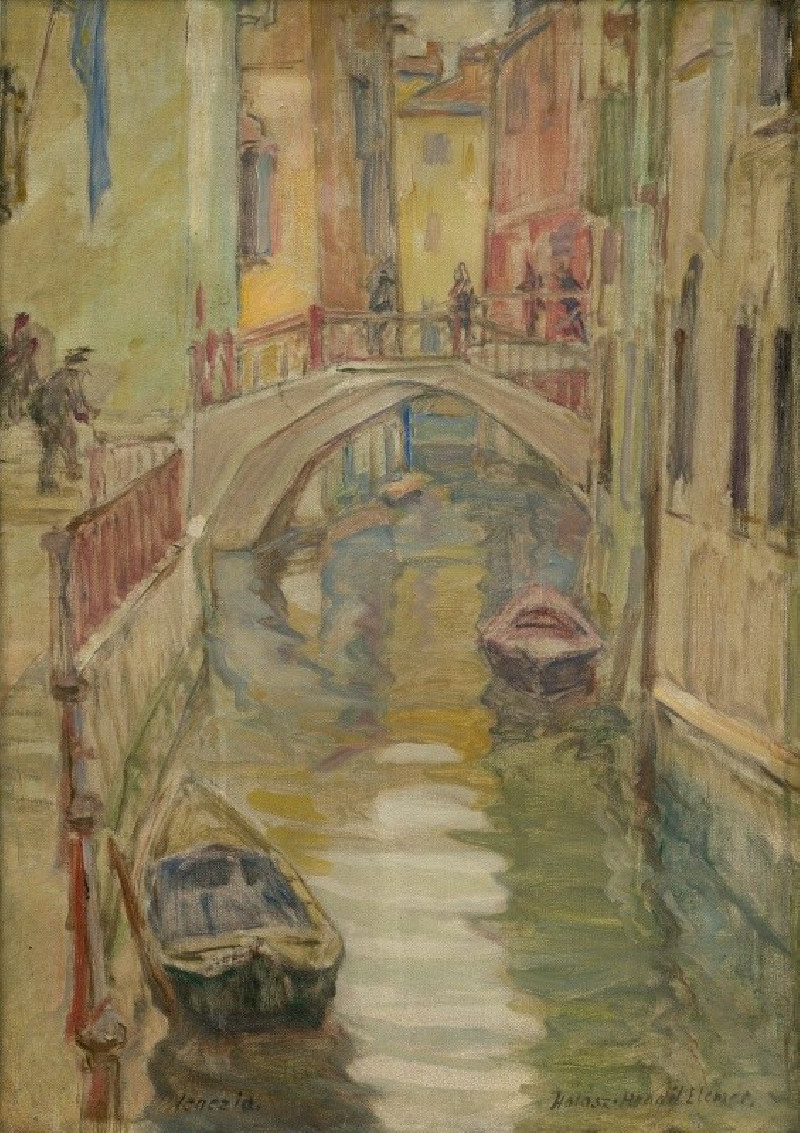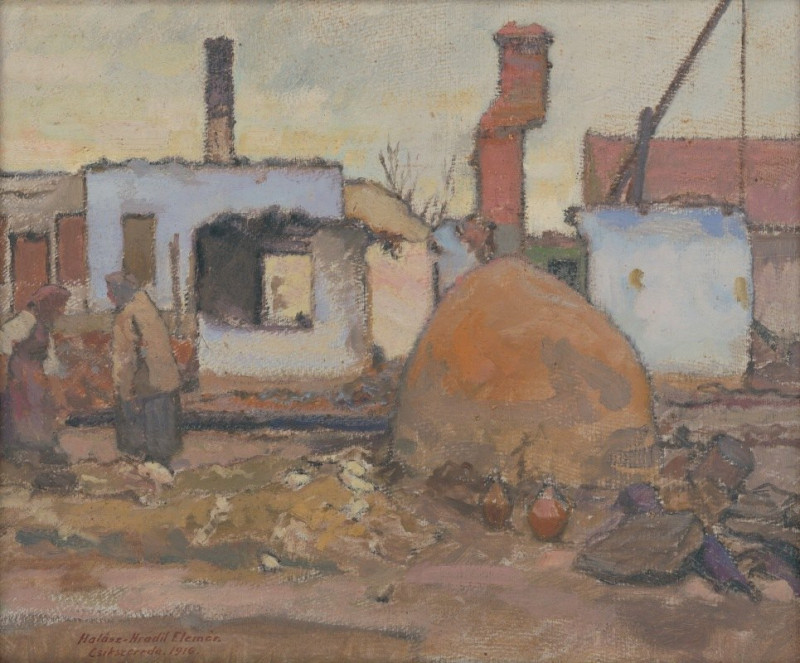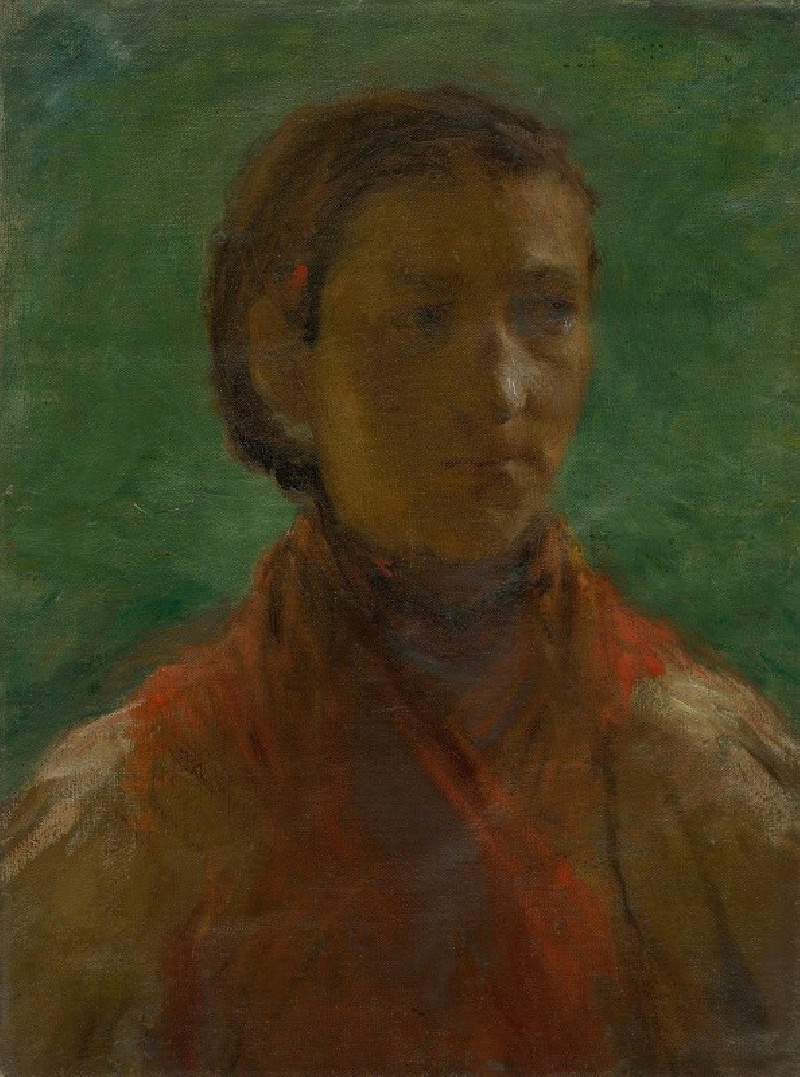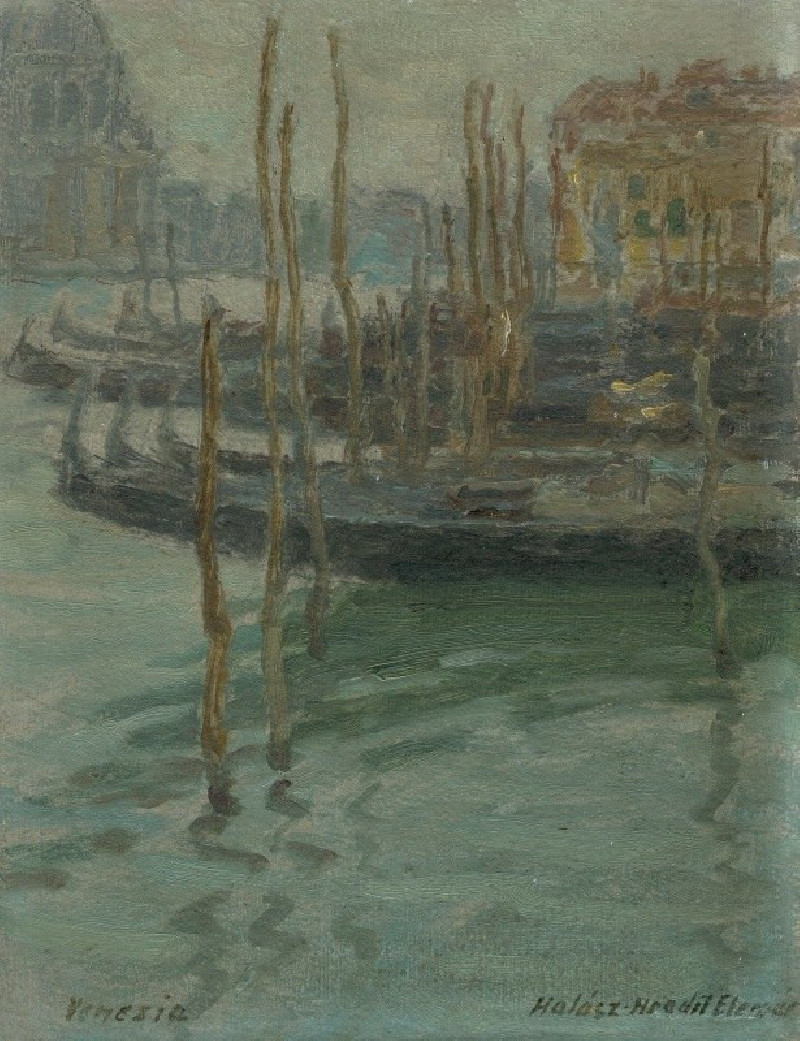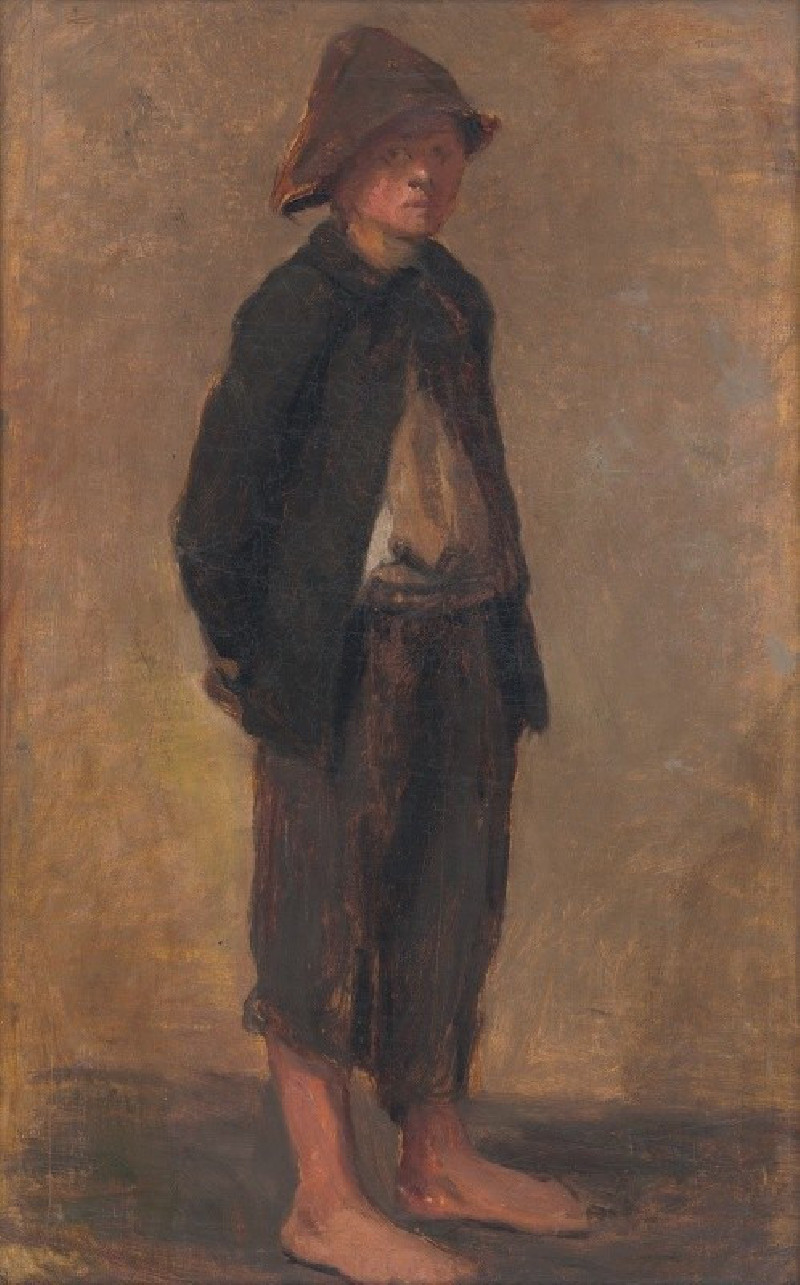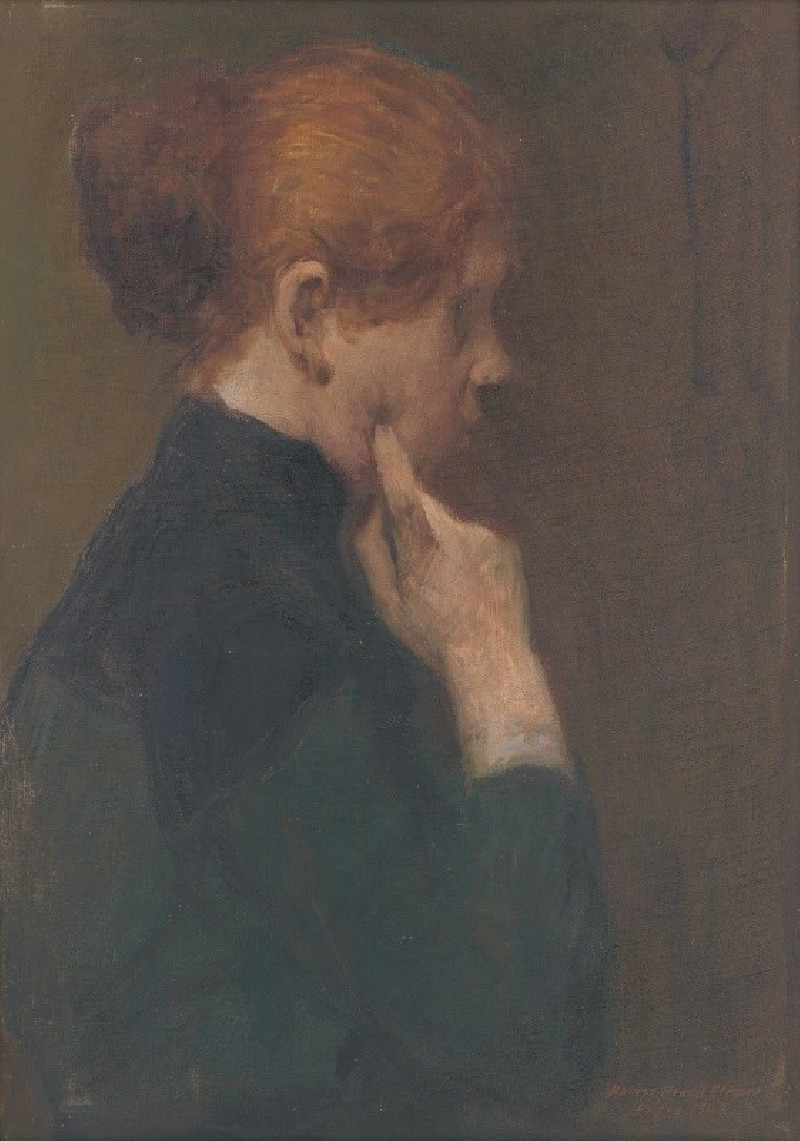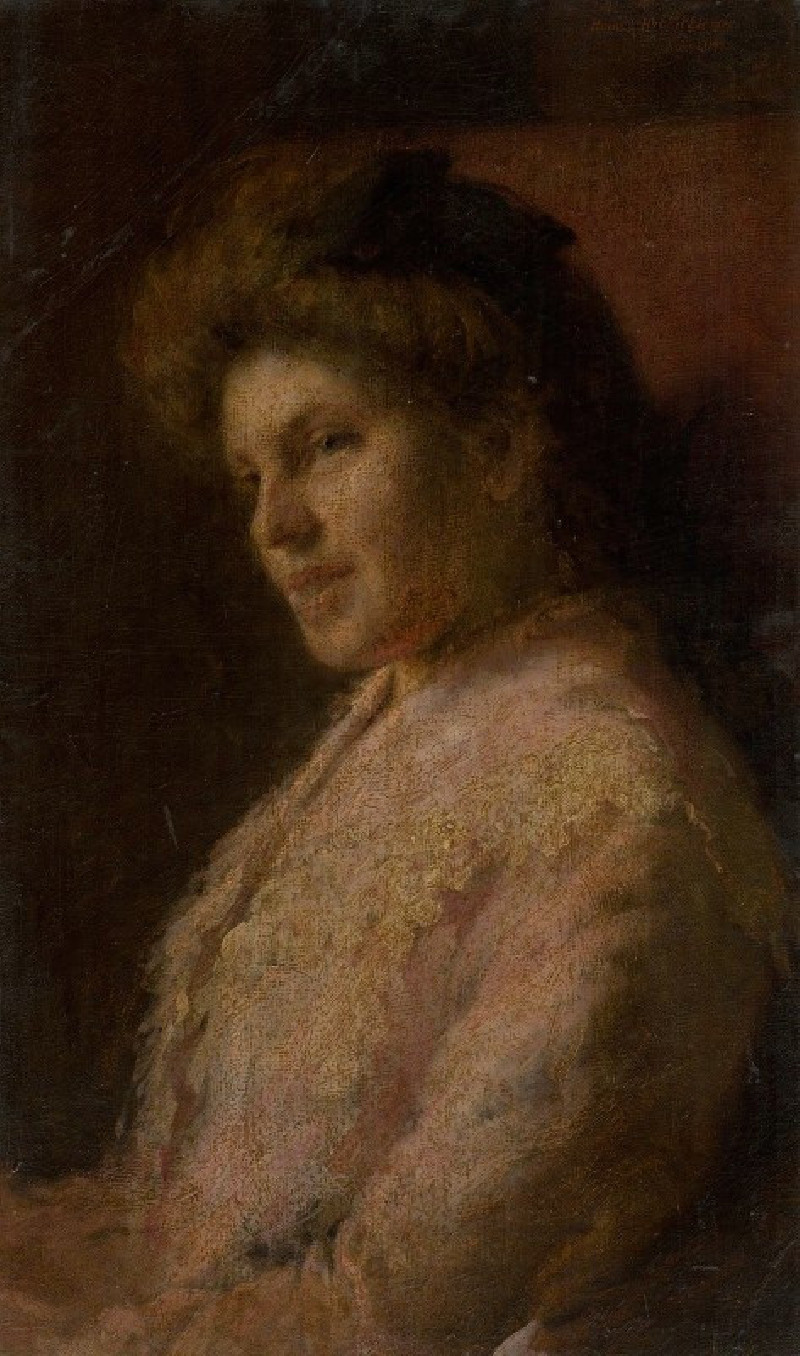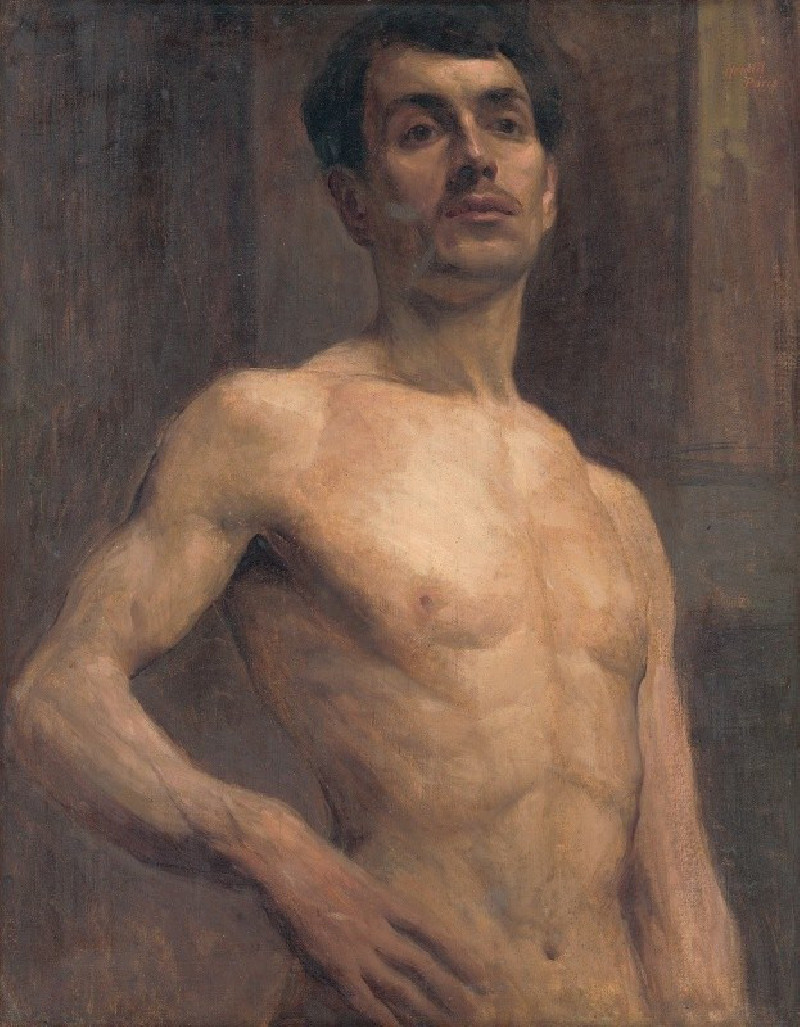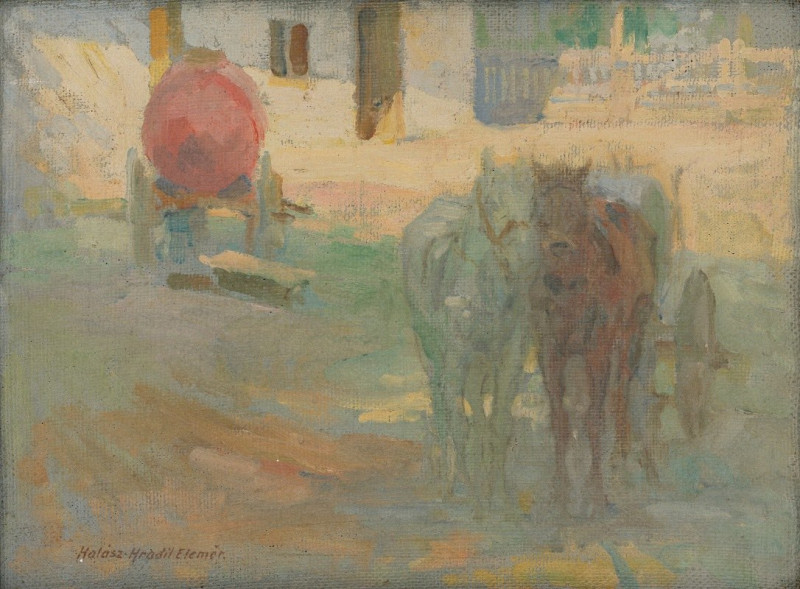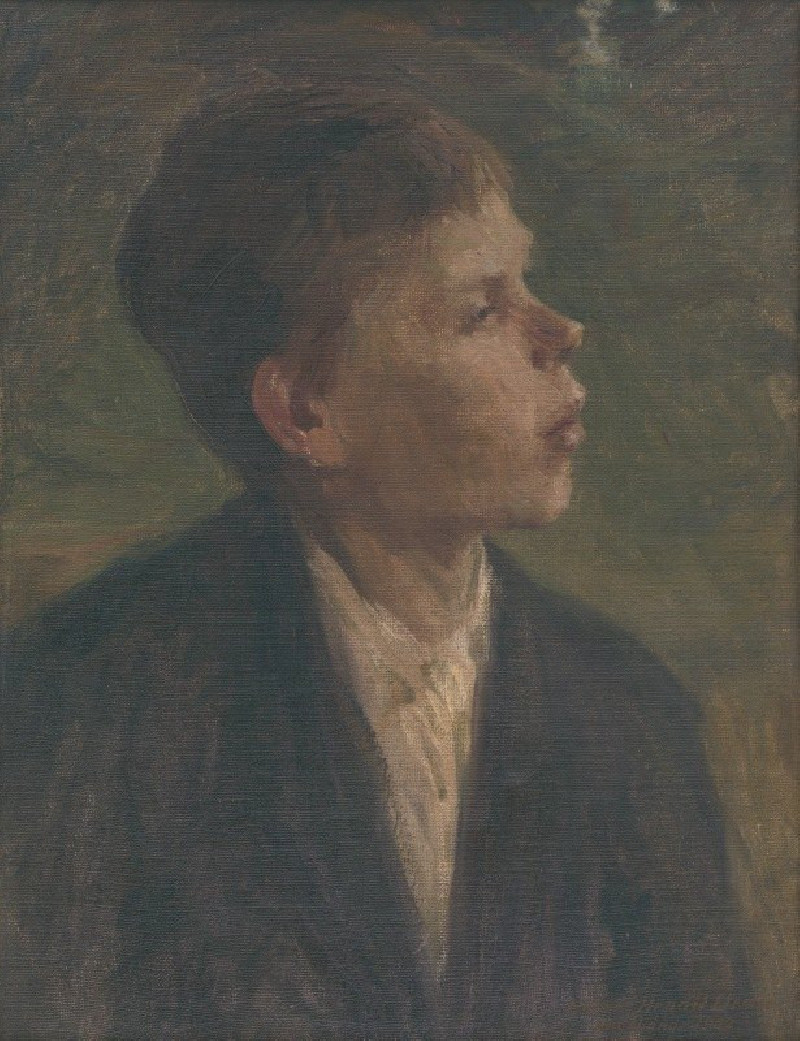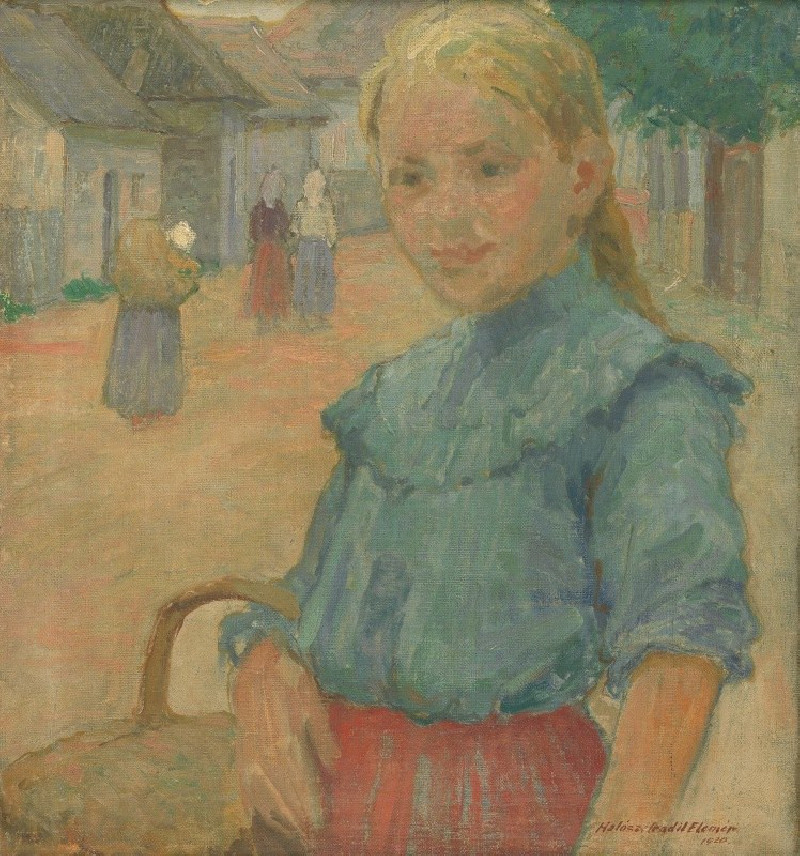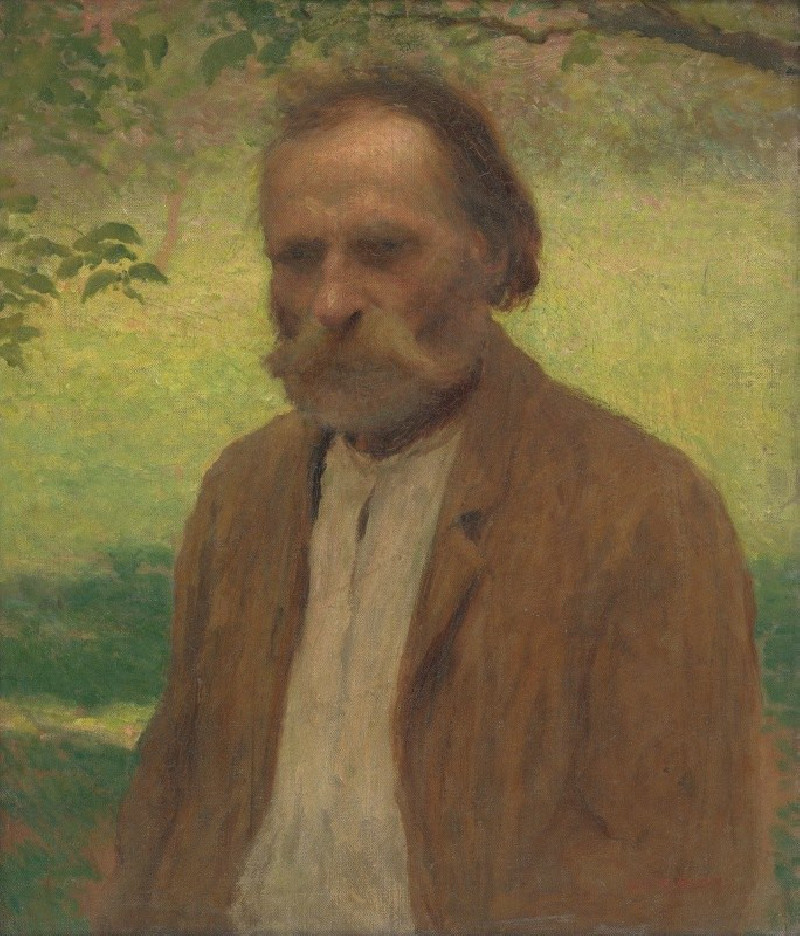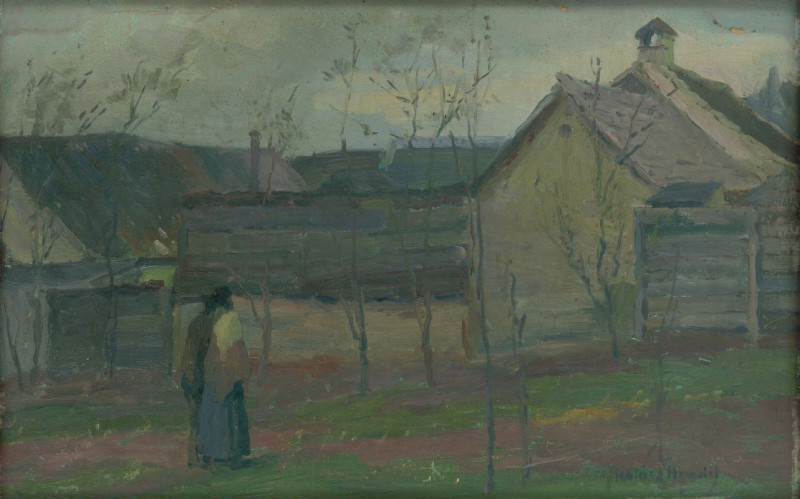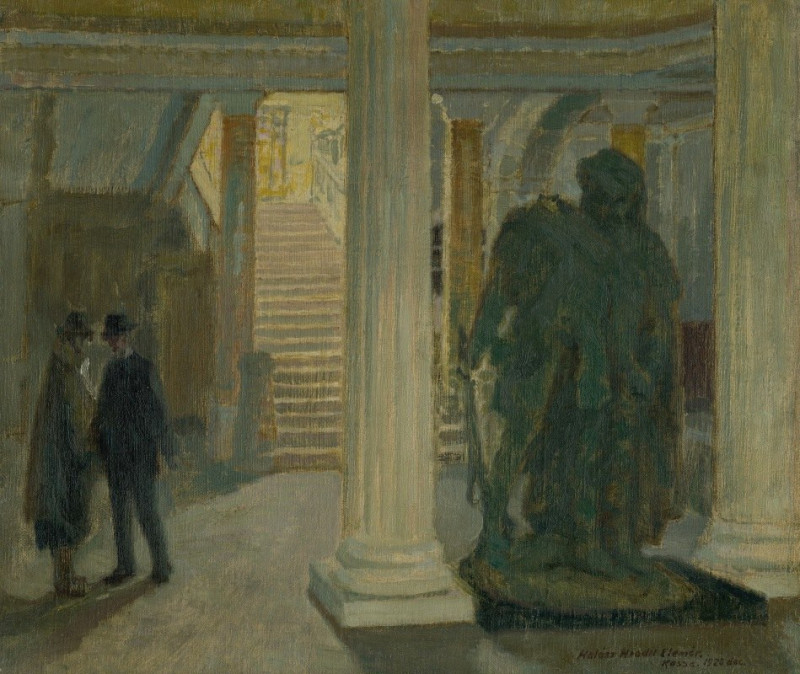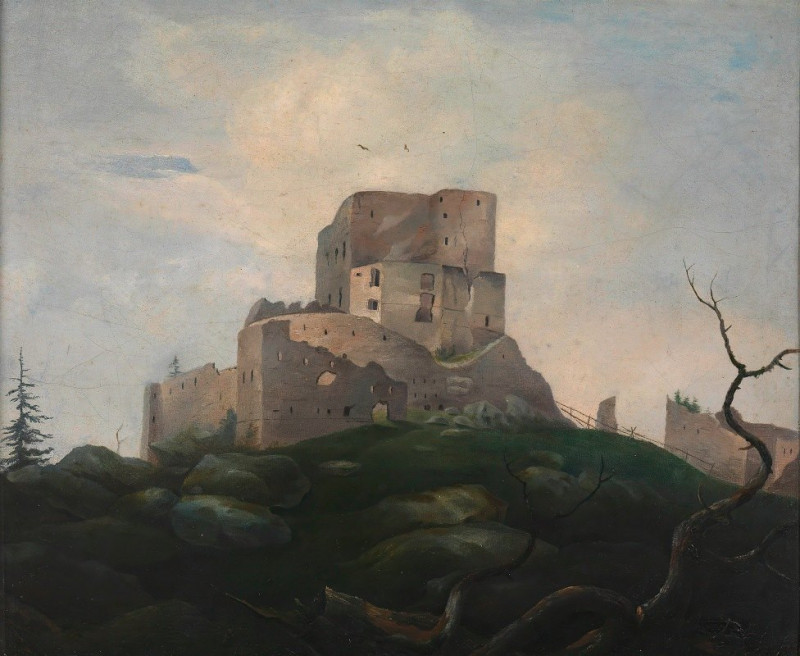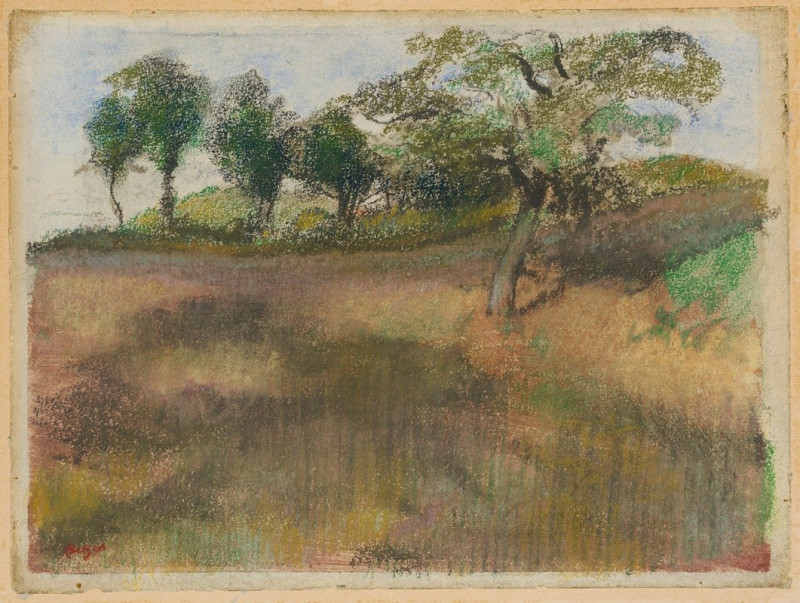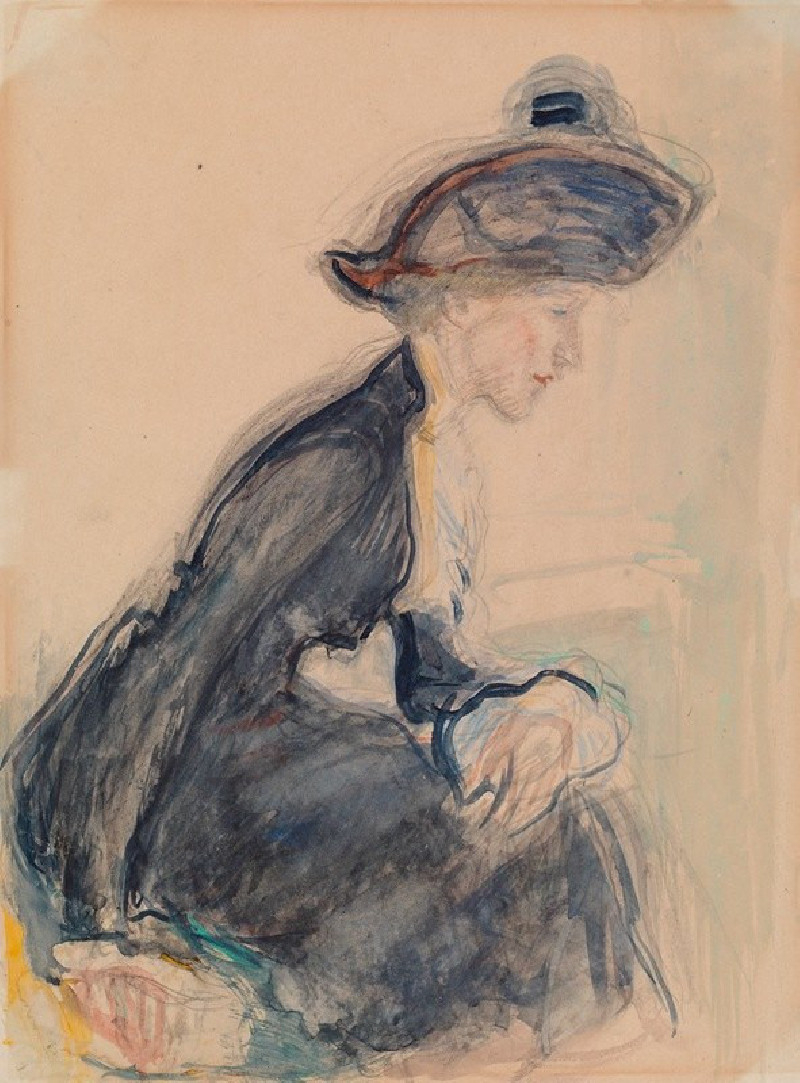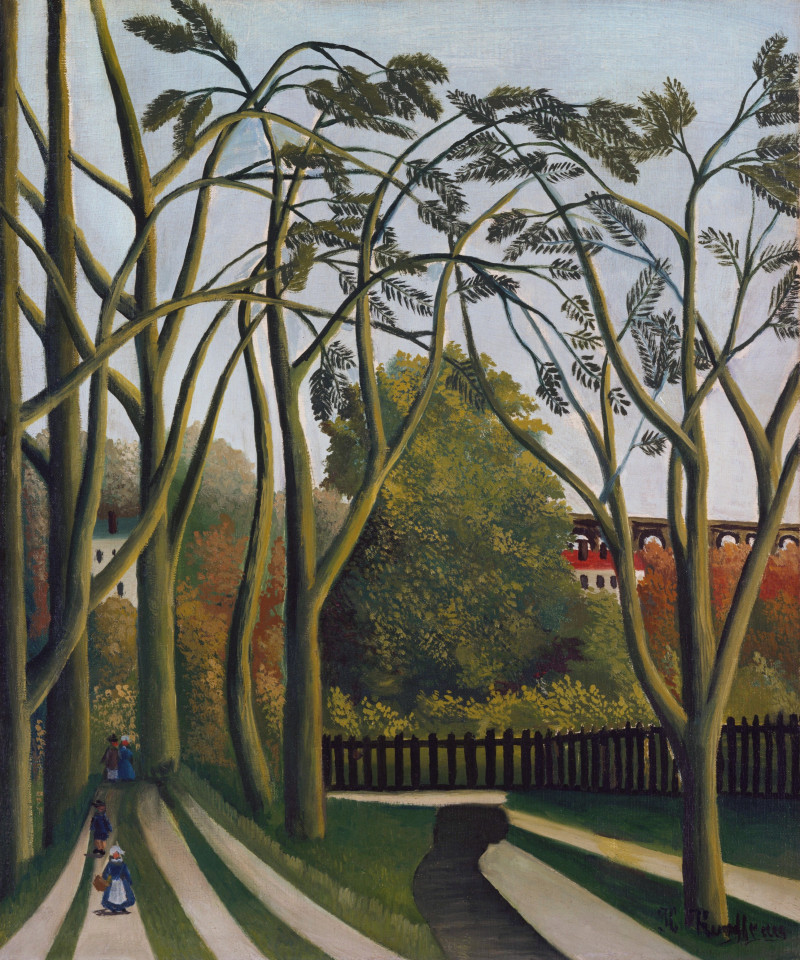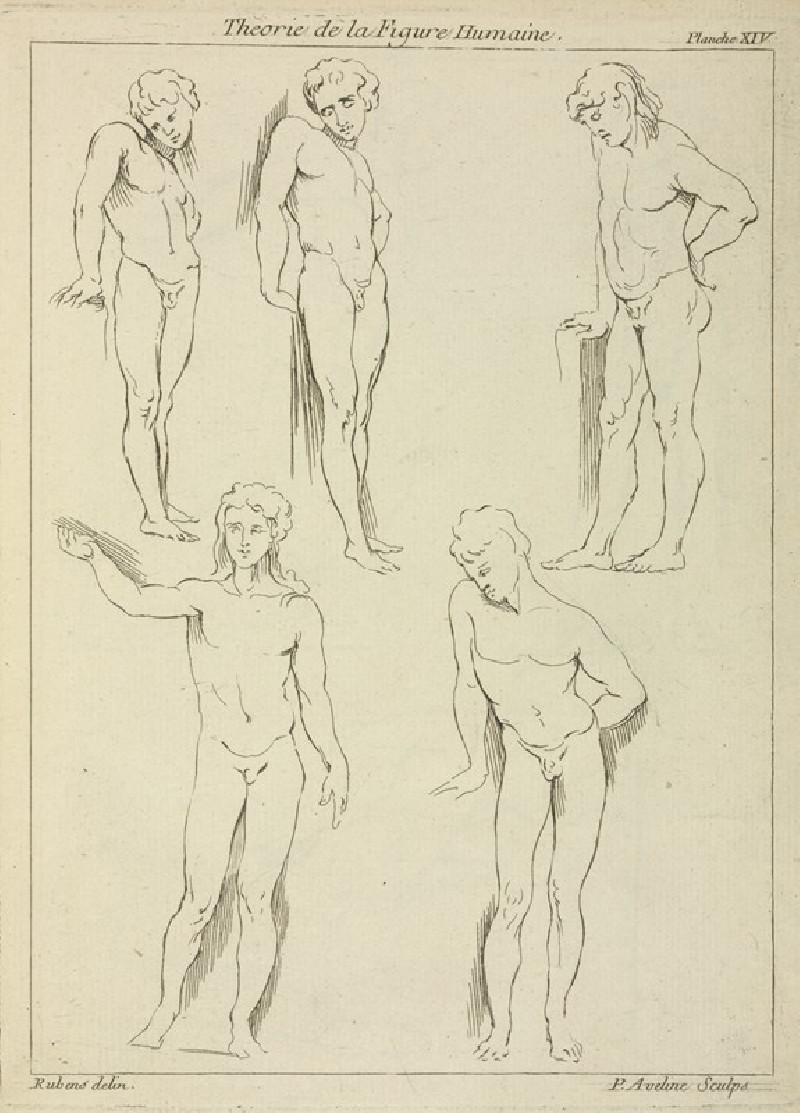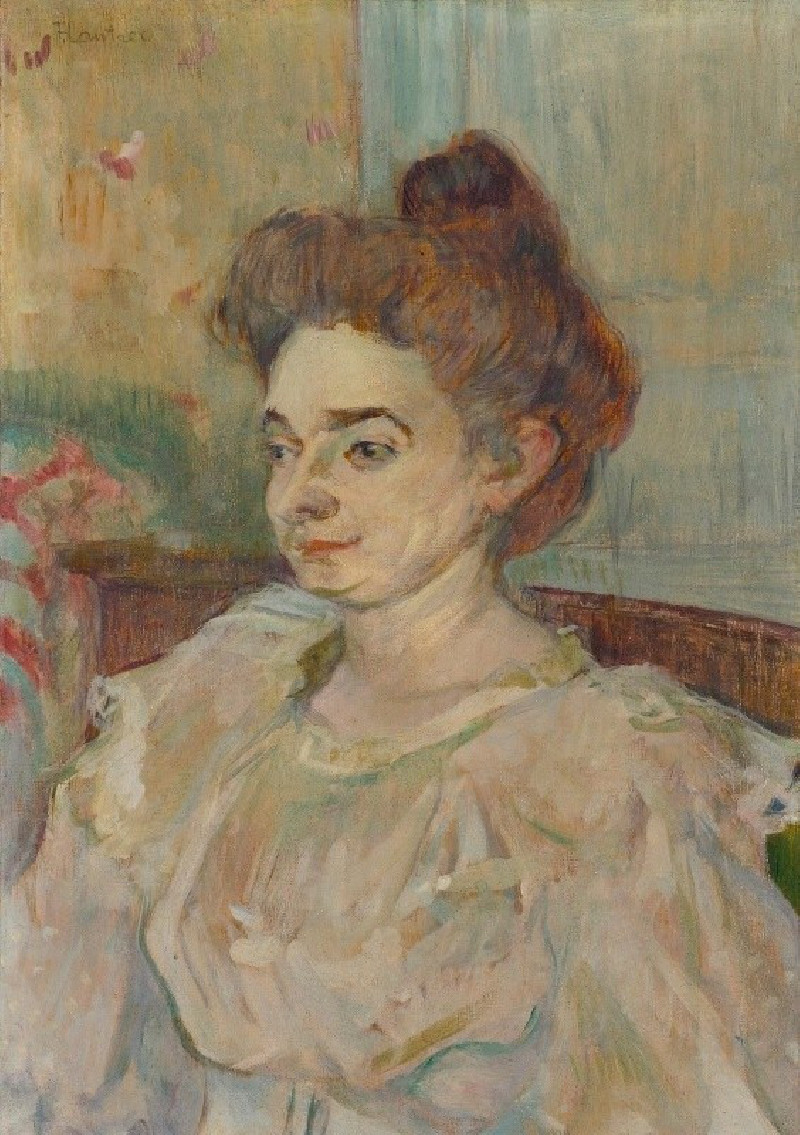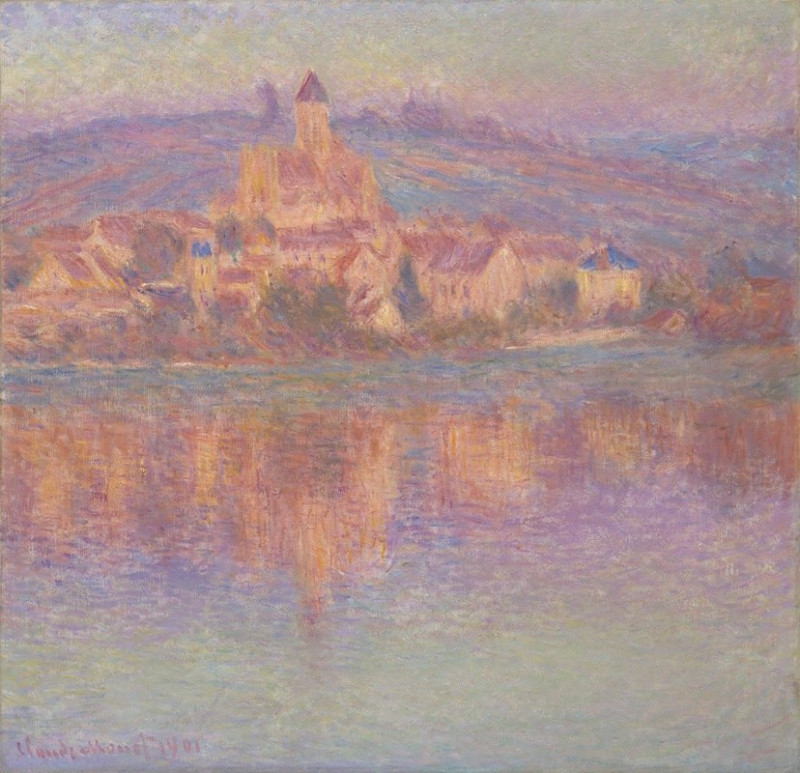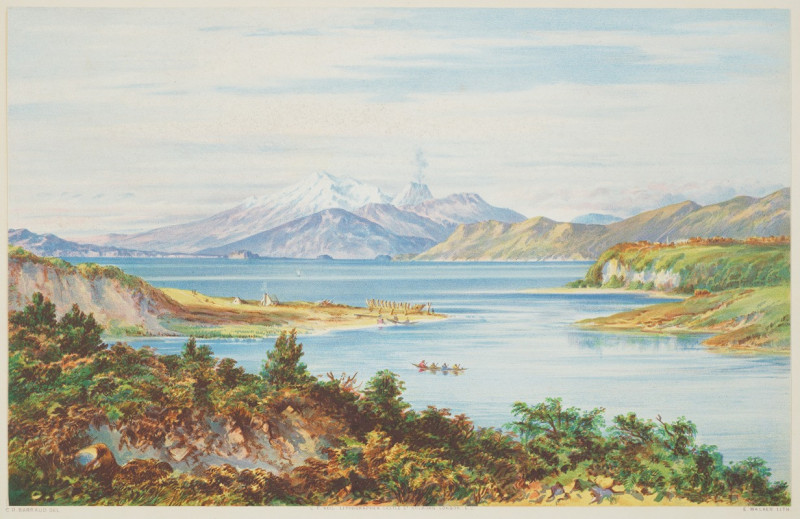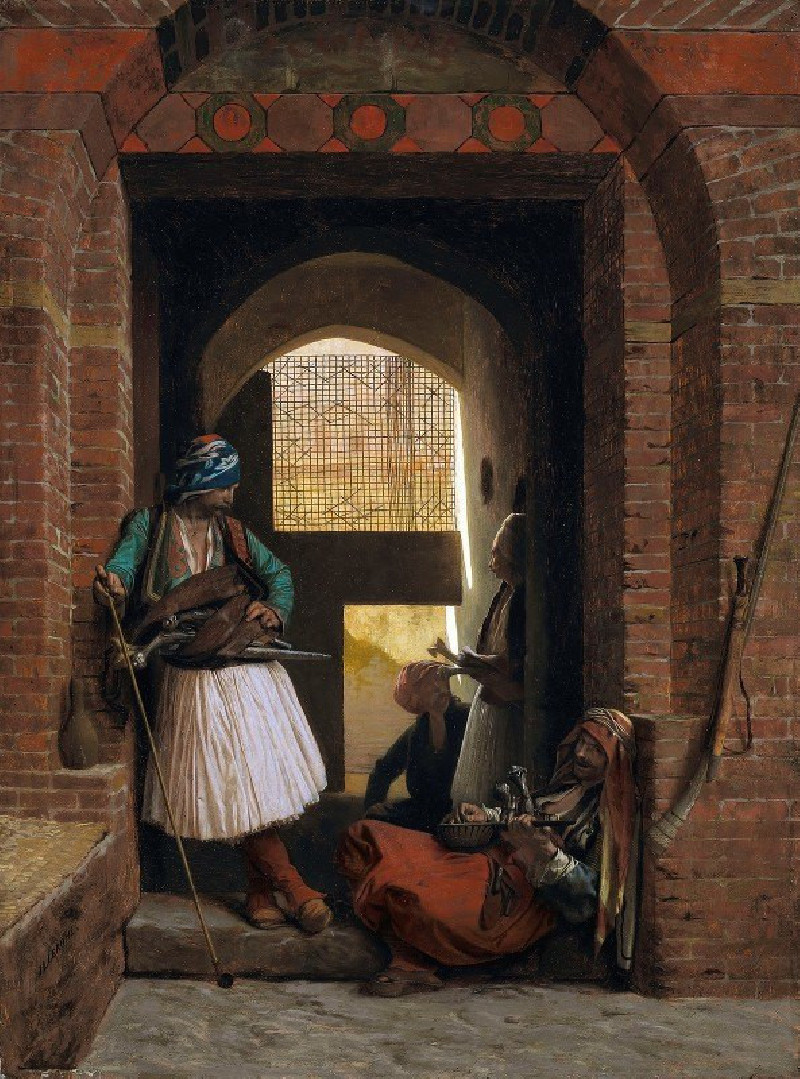Unemployed (1939)
Technique: Giclée quality print
Recommended by our customers
More about this artwork
In the poignant painting "Unemployed" (1939) by Elemír Halász-Hradil, we are presented with a visual narrative rich in social commentary and emotion. Captured with a blend of somber and muted tones, the artwork portrays a group of individuals gathered in front of a building that resembles a municipal or public office—a common setting for scenes depicting the plight of the unemployed during tumultuous economic times.The figures, diverse in age and appearance, are clad in modest attire, suggesting a cross-section of society united by their shared circumstances. The artist adeptly conveys a sense of weariness and resignation through their postures and the overall atmosphere. Despite the painting's static nature, there is an implicit movement, a story of lives in momentary pause, yet laden with ongoing struggle.Halász-Hradil's brushwork lends a soft, almost ethereal quality to the scene, blurring the lines between the figures and their surroundings, and perhaps symbolizing the uncertainty and blurred fortunes of the depicted individuals. The subtle interplay of light and shadow, along with the architectural background, enhances the feeling of confinement and the daunting barriers faced by those marginalized by economic downturns."Unemployed" not only serves as a historical snapshot but also as a timeless reflection on the human condition during periods of socioeconomic distress. Elemír Halász-Hradil's work invites viewers to reflect on past and present, urging a compassionate understanding of the challenges faced by those often unseen in society.
Delivery
Returns
Elemír Halász-Hradil (1873 m. - 1948 m.) was a Slovak painter of Hungarian origin.
He lived in Vienna from 1892 to 1894.The following year he moved to Košice. He studied at Simon Hollósy's private school in Munich from 1897 to 1901, he then continued his studies at the Académie Julian in Paris with Professor Jean-Paul Laurens from 1902 to 1903.
With a soft palette and hazy paint handling, Halász-Hradil executed a variety of quiet portraits and scenes of everyday life. Along with selling his paintings, Halász-Hradil made a living as a painting teacher.

